 1976 Lotus Esprit Dimensions, Size & Specs
1976 Lotus Esprit Dimensions, Size & Specs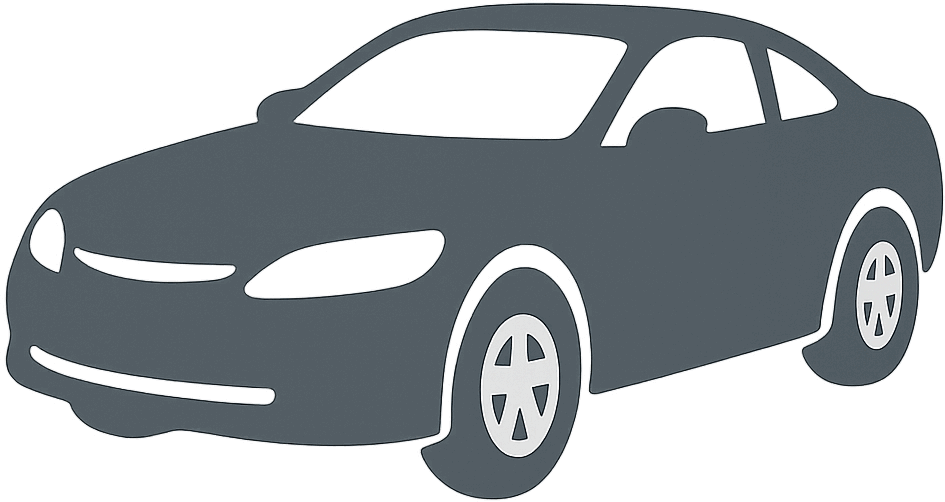
Measurements of the 1976 Lotus Esprit, engineered for optimal performance and comfort
| Dimensions | |
|---|---|
| Length: | 4330-4411 mm170.5-173.7 in14.2-14.5 ft |
| Width: | 1860-1900 mm73.2-74.8 in6.1-6.2 ft |
| Height: | 1150-1165 mm45.3-45.9 in3.8-3.8 ft |
| Trunk Capacity: | 200 liter7.1 cu ft |
| Weight Specifications | |
| Curb Weight: | 1215-1380 kg2679-3042 lbs |
| Maximal permitted Weight: | 1566-1630 kg3452-3594 lbs |
| Tire Specifications | |
| Rims Sizes: |
|
| Tire Sizes: |
|
The Lotus Esprit generation produced from 1980 to 1999 remains an iconic sports coupe, well-known for its sharp, aerodynamic design and impressive engineering. This generation of the Esprit bridges the gap between classic British sports car elegance and modern performance with sleek styling and dynamic dimensions. The length of the Esprit ranges from 4330 mm to 4411 mm (170.5 to 173.7 inches), striking a perfect balance between compactness and aggressive road presence. Its width spans between 1860 mm and 1900 mm (73.2 to 74.8 inches), delivering stability and a muscular stance on the road. Standing low with a height between 1150 mm to 1165 mm (45.3 to 45.9 inches), the Esprit emphasizes aerodynamic efficiency and a low center of gravity, essential for outstanding handling and cornering characteristics. Curb weight varies from 1215 kg to 1380 kg (2678 to 3042 lbs), depending on the variant and equipment, ensuring an agile driving experience without compromising structural integrity. The maximum permissible weight ranges from 1566 kg to 1630 kg (3452 to 3595 lbs), providing ample load capacity for both driver and passenger without affecting the sporty dynamics. Luggage space is modest yet functional, offering 200 liters (7.1 cubic feet) of capacity, typical for a high-performance coupe, suitable for weekend trips and daily necessities. The Lotus Esprit is equipped with a variety of rim sizes, including 15, 16, 17, and 18 inches, paired with tire sizes such as 215/40 R17, 245/40 R17, 245/50 R16, 315/35 ZR17, 285/35 ZR18, 215/50 R15, 235/40 R17, and 285/35 R18, highlighting its adaptable performance setup across different markets and model updates. Overall, the Lotus Esprit (1980-1999) is a classic sports coupe combining compact dimensions with lightweight engineering and aerodynamic prowess, making it a desirable model for enthusiasts who appreciate timeless design and thrilling driving dynamics.
Discover the standout features that make the 1976 Lotus Esprit a leader in its class
Have a question? Please check our knowledgebase first.
The Lotus Esprit produced between 1980 and 1999 has a length ranging from 4330 mm to 4411 mm. This translates to approximately 170.5 inches to 173.7 inches in imperial units (around 14.2 to 14.5 feet). These variations in length are due to different year models and minor design updates throughout its production run. This relatively compact length helped the Esprit maintain its classic sports car proportions, emphasizing a low and sleek profile favored in high-performance coupes.
The width of the Lotus Esprit during this generation varies between 1860 mm and 1900 mm (about 73.2 inches to 74.8 inches). This width provides a good balance between a sporty, wide stance for improved road stability and aerodynamic performance, while also allowing decent shoulder room inside the cabin for passengers. A wider car like the Esprit enhances grip and cornering capabilities, essential for a sports coupe, while still fitting comfortably within standard driving lanes and parking spaces.
The height of the Lotus Esprit in this model range is between 1150 mm and 1165 mm (approximately 45.3 inches to 45.9 inches). The low height is characteristic of a true sports coupe, lowering the center of gravity and improving handling dynamics, cornering, and stability at high speeds. Additionally, this sleek profile reduces aerodynamic drag, contributing to better fuel efficiency and top speed performance. From a driver’s perspective, the low stance provides a more immersive driving feel, though it may limit headroom and ease of entry and exit.
The Lotus Esprit from 1980 to 1999 weighs between 1215 kg and 1380 kg (about 2680 lbs to 3042 lbs) when empty, also known as curb weight. This relatively lightweight construction was a hallmark of Lotus design philosophy focusing on agility and driver engagement. The weight helps achieve quick acceleration, nimble handling, and efficient braking. The lower mass enhances overall sports performance, allowing the Esprit to compete effectively with other sports cars of its era, while maintaining fuel efficiency and manageable driving dynamics.
The maximum authorized or gross vehicle weight of the Lotus Esprit in this generation is between 1566 kg and 1630 kg (approximately 3452 lbs to 3594 lbs). This means the car can carry its curb weight plus passengers and any cargo safely without compromising performance and drivability. While the Esprit is primarily designed as a two-seater sports coupe with limited storage, the maximum weight capacity allows for everyday usability, including luggage or small loads, without stressing the vehicle’s mechanical systems. This capacity supports the car’s balance between sportiness and some level of practicality.
The Lotus Esprit offers a luggage capacity of 200 liters (approximately 7.06 cubic feet). While quite modest compared to regular sedans or SUVs, this capacity is typical for a sports coupe focused on performance rather than cargo space. The luggage area is sufficient for a couple of carry-on bags or groceries, making it feasible for short trips or weekend getaways. For long-distance travel requiring significant luggage, owners might find the storage limited, but for daily or occasional use, the Esprit's storage capabilities meet typical sports car expectations.
Yes, the Lotus Esprit from 1980 to 1999 will typically fit into a standard residential garage. Standard garage dimensions usually measure about 2.4 meters (8 feet) wide, 4.8 to 6 meters (16 to 20 feet) long, and 2.1 to 2.4 meters (7 to 8 feet) high. With a length between 4.33 to 4.41 meters (14.2 to 14.5 feet), width up to 1.9 meters (6.2 feet), and height around 1.15 meters (3.8 feet), the Esprit fits comfortably within these limits. Its relatively low height and compact footprint ensure easy parking and minimal risk of damage within standard garages.
Compared to the earlier Lotus Esprit generation produced from 1976 to 1980, the 1980-1999 generation saw minor dimensional changes. The earliest Esprit models were quite similar in length and width, though later models introduced slight increases particularly in width and sometimes length, enhancing stability and accommodating performance upgrades. Height remained consistently low across generations to maintain the Esprit’s signature aerodynamic profile. Overall, the changes helped improve handling, driving comfort, and technical advancement while retaining the original sports coupe ethos.
In comparison to similar sports cars from the 1980s and 1990s, such as the Porsche 911, Ferrari 348, or Chevrolet Corvette C4, the Lotus Esprit is notably compact with a lower height and a relatively narrow width than some contemporaries. The Esprit prioritizes lightweight design and agility, with a curb weight typically lower than many competitors. While its luggage capacity is smaller than larger grand touring cars, its handling dynamics, thanks to its smaller but more focused dimensions, often made it more nimble on winding roads. Performance wise, the Esprit’s varied engines across its generations offered competitive power, but it was its handling and chassis design that set it apart.
The Lotus Esprit was offered with a variety of rim sizes from 15 to 18 inches, including 15, 16, 17, and 18-inch options. Tire sizes ranged accordingly with specifications such as 215/40 R17, 245/40 R17, 245/50 R16, 315/35 ZR17, 285/35 ZR18, 215/50 R15, 235/40 R17, and 285/35 R18. Larger rims and wider tires enhanced grip, cornering stability, and overall handling performance but could impact ride comfort marginally. The availability of multiple tire sizes allowed owners and engineers to tune the Esprit's dynamics for track-oriented driving or street comfort, reinforcing its reputation as a keen driver's sports car.
Discover similar sized cars.
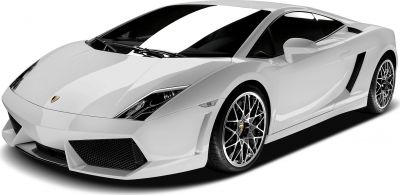
| Production: | 2009-2013 |
|---|---|
| Model Year: | 2010 |
| Length: | 4345 mm171.1 in |
| Width: | 1900 mm74.8 in |
| Height: | 1165 mm45.9 in |
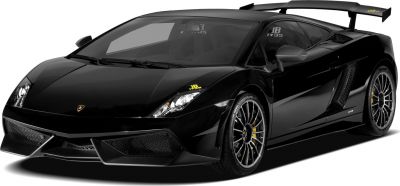
| Production: | 2010-2013 |
|---|---|
| Model Year: | 2010 |
| Length: | 4345-4386 mm171.1-172.7 in |
| Width: | 1900 mm74.8 in |
| Height: | 1165 mm45.9 in |
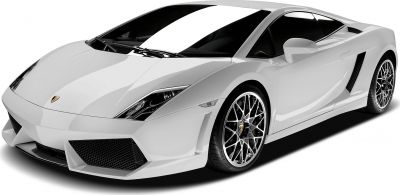
| Production: | 2008-2013 |
|---|---|
| Model Year: | 2009 |
| Length: | 4345 mm171.1 in |
| Width: | 1900 mm74.8 in |
| Height: | 1165 mm45.9 in |
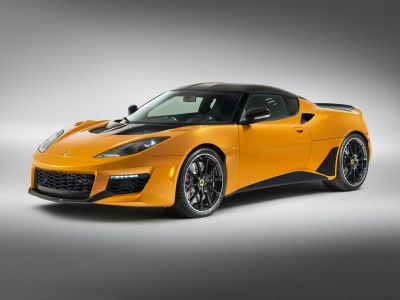
| Production: | 2020-present |
|---|---|
| Model Year: | 2020 |
| Length: | 4394 mm173.0 in |
| Width: | 1972 mm77.6 in |
| Height: | 1223 mm48.1 in |
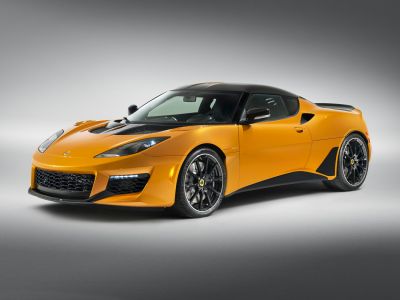
| Production: | 2019-present |
|---|---|
| Model Year: | 2020 |
| Length: | 4394 mm173.0 in |
| Width: | 1972 mm77.6 in |
| Height: | 1223 mm48.1 in |
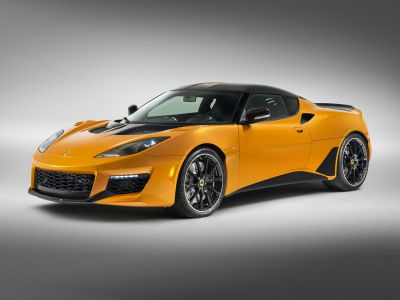
| Production: | 2019-present |
|---|---|
| Model Year: | 2020 |
| Length: | 4394 mm173.0 in |
| Width: | 1972 mm77.6 in |
| Height: | 1223 mm48.1 in |
